Contents
Contents
The New York and New Jersey Campaign was a series of battles fought for control of New York City and the state of New Jersey during the Revolutionary War, between 1776 and early 1777.
It ended with the British securing New York, though the Americans won control of most of New Jersey.
Context
The port of New York and the city itself were considered hugely strategically significant during the American Revolution.
New York was a hub of shipbuilding and industry, and the city’s waterways allowed for easy access to much of the middle colonies, especially the Hudson, Mohawk, and Raritan rivers.
The British in particular thought that New York would be the perfect base of operations for the Revolutionary War, and made it their priority to capture the city from the Americans in 1776.
Washington also realized the city’s strategic importance, ordering General Charles Lee to prepare New York’s defenses.
Lee realized that defending the city from the power of the British Navy would be almost impossible. However, he set up fortifications in key areas such as Brooklyn Heights in early 1776, aiming to make the battle as difficult as possible for the British.
The Battle of Long Island
British General William Howe originally intended to approach New York in early 1776, but instead was forced to wait and consolidate his forces after the American attack on Quebec.
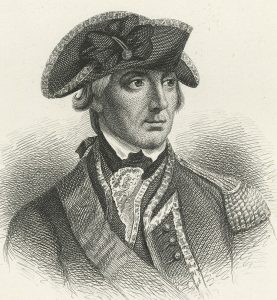
He eventually set sail for New York from Halifax, Nova Scotia, in June 1776, with approximately 10,000 men.
He landed at Staten Island, which was undefended, in July, and set up camp, before another 22,000 men arrived a month later, including around 9,000 Hessian troops (German mercenaries).
His brother, Admiral Richard Howe, also made the journey, leading the British naval forces.
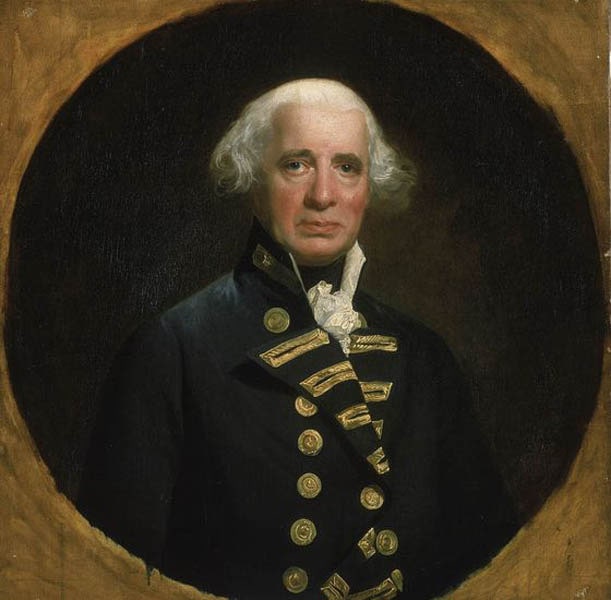
At this early stage in the war, the Howe brothers favored the idea of negotiating peace with the Americans. They had been given the power to begin negotiating terms by the British Parliament, and could also issue pardons to Americans who had, in their view, committed treason against the British Crown.
A messenger was sent to Washington, asking to negotiate. He ignored the request, stating that he could not seek a pardon as he had done nothing wrong.
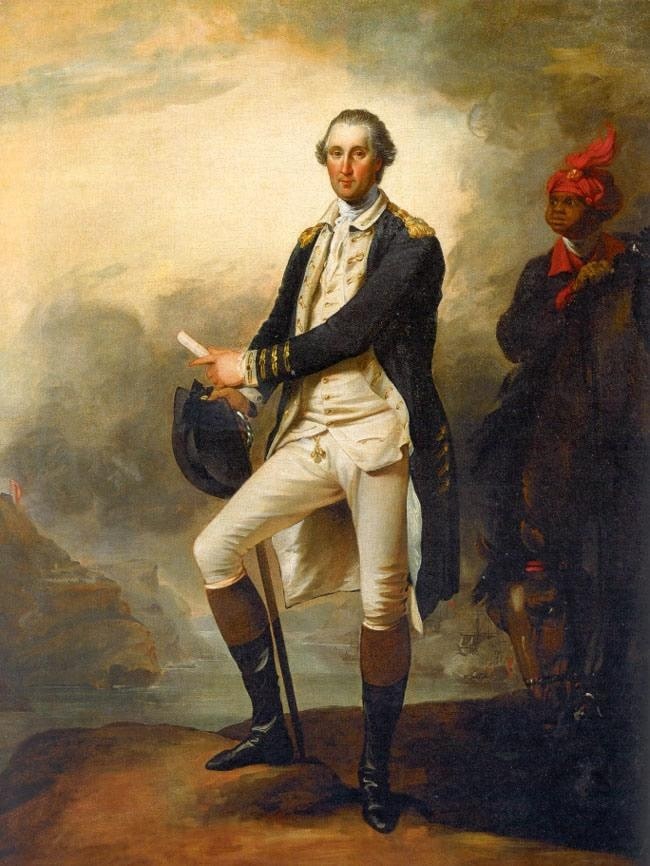
In late August, the majority of Howe’s forces were able to land on Long Island unopposed. The local civilian population was overwhelmingly Loyalist, and they did what they could to support the British forces.
On August 27, the Battle of Long Island was fought on the western side of Brooklyn.
Outnumbered two to one, the American forward defenses at the Heights of Guan were quickly overrun, thanks in part to a smart flanking maneuver by Howe.
By the end of the day, the Americans had retreated in disarray to Brooklyn Heights, losing 1,000 men in the process.
Washington and his generals now realized they were at risk of suffering a devastating defeat, and decided to fall back and consolidate their position.
On the night of August 29-30, while the British were digging in for another battle, his troops retreated from Brooklyn Heights to Manhattan under the cover of fog, giving the British full control of Long Island.
The British occupy New York
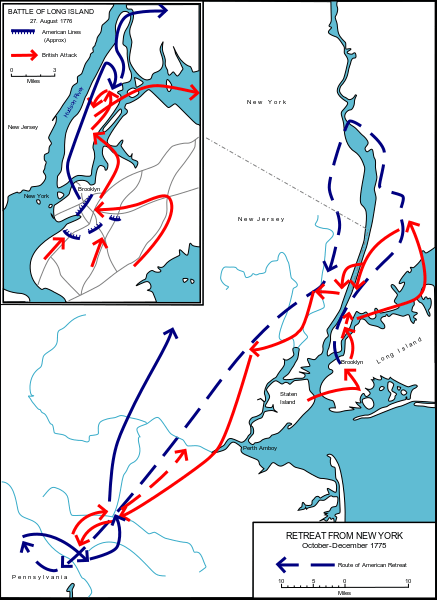
The Howe brothers once again attempted to negotiate peace, meeting with Patriot leaders including Benjamin Franklin and John Adams on September 11, but the two sides could not come to an agreement.
The British still had complete naval superiority, and more than 30,000 troops at their disposal.
Howe landed at Manhattan on September 15, and aside from a few small skirmishes, the British army quickly took New York City, suffering very few casualties.
Once again, Washington’s forces panicked, and were too spread out to provide an effective defense.
However, the Patriots were once again able to avoid a complete disaster. British forces were cautious in moving forward, failing to press their advantage, allowing the bulk of Washington’s men to retreat to Harlem Heights.
The Battle of Harlem Heights
On September 16, a skirmish between British and American forces eventually turned into a full-scale battle between the two sides.
The Americans were pursued back towards their fortifications in Harlem Heights by British infantry, near modern-day Morningside Heights.
However, overconfident from their recent victories, the British forces overextended. Washington ordered a flanking maneuver as a counterattack, forcing a British retreat.
Eventually, the British were reinforced, leading to an intense gunfight between the two sides.
The Americans fought well, eventually forcing the British back, and Washington chose not to pursue.
This victory, though small, provided a much-needed boost to Patriot confidence.
The Battles of White Plains and Fort Washington
Though the Americans had won the Battle of Harlem Heights, the British soon consolidated their position and began pushing forward.
The British advanced on American positions, eventually forcing Washington to dig in on high ground at White Plains, New York.
However, his men didn’t have time to fully fortify their position, and the British took White Plains after a short battle on October 28.
Once again, the Americans were forced to retreat, except for a remaining garrison at Fort Washington – the Americans’ last stronghold in Manhattan.
General Nathanael Greene advised Washington that their position could be held, and Washington decided to try and hold out, though he planned to visit and assess the situation.
Realizing the Americans were isolated, Howe ordered 8,000 men to turn south and attack Fort Washington, arriving on November 16.
Outnumbered, the Continental forces were easily defeated, leading to nearly 3,000 men being captured by the British.
The Battles of Trenton and Princeton
With New York lost, Washington and his men retreated to Pennsylvania.
They were forced to abandon Fort Lee, New Jersey, and most of the remaining Patriot troops fled the state.
After the Continental Army crossed the Delaware River into Pennsylvania in early December, the British retired to their quarters for the winter, assuming that the Americans would do the same.
Washington’s troops were exhausted, and running low on supplies, with their uniforms in tatters. Many soldiers’ enlistments were just about to expire.
Realizing his army was about to fall apart, instead of resting, Washington launched a surprise attack on Trenton, New Jersey, on December 26, 1776.
After performing a perilous, icy crossing of the Delaware River, Washington caught Hessian troops at Trenton completely off-guard, securing a crucial Patriot victory with no loss of life.
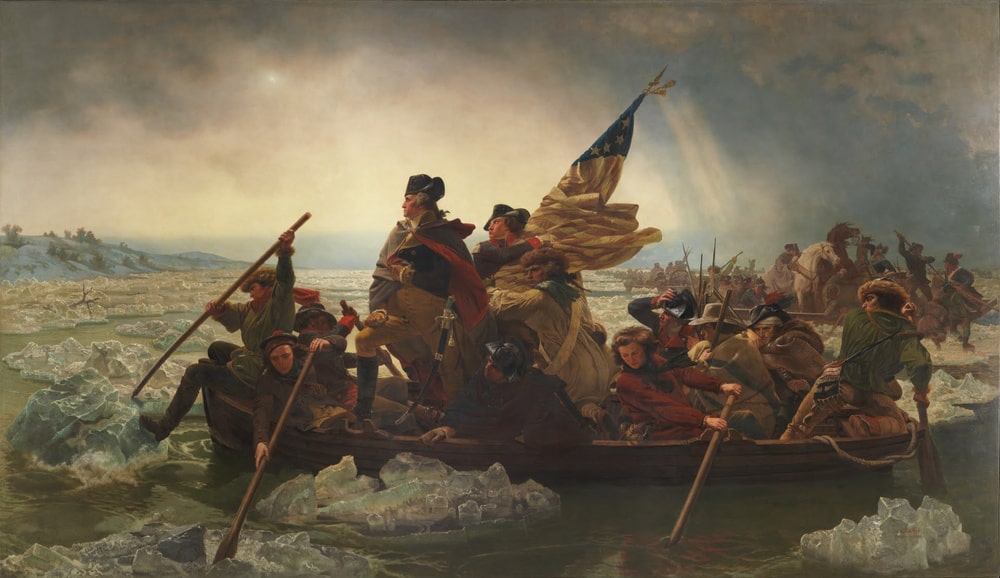
The Continental Army then secured victory at the Battle of Princeton on January 3, driving most of the British forces from New Jersey, and marking the end of the New York and New Jersey Campaign.
Aftermath
The Battles of Trenton and Princeton were a crucial turning point for Washington and his men.
The decisiveness of their victory caused many men to re-enlist, and the army was able to secure vitally important ammunition, weapons, and other supplies from the captured Hessians at Trenton.
Though the New York Campaign ended in American defeat, in his final actions in New Jersey, Washington breathed life back into the American Revolution, bringing the Continental Army back from the brink of complete disaster.
After the New York and New Jersey Campaign, the British continued to hold New York City and Long Island for the remainder of the Revolutionary War.
The Redcoats tried to press the strategic advantage of their position in New York City, with mixed results.
In 1777, the British attempted to isolate Patriot strongholds in New England by capturing Albany, but the plan failed, mostly due to a lack of coordination.
New York was later used as a launching pad for logistical efforts during the Southern Campaign, which initially saw some success. However, as the war progressed, things turned against the British in the south, leading to their eventual withdrawal from most of South Carolina and Georgia.

